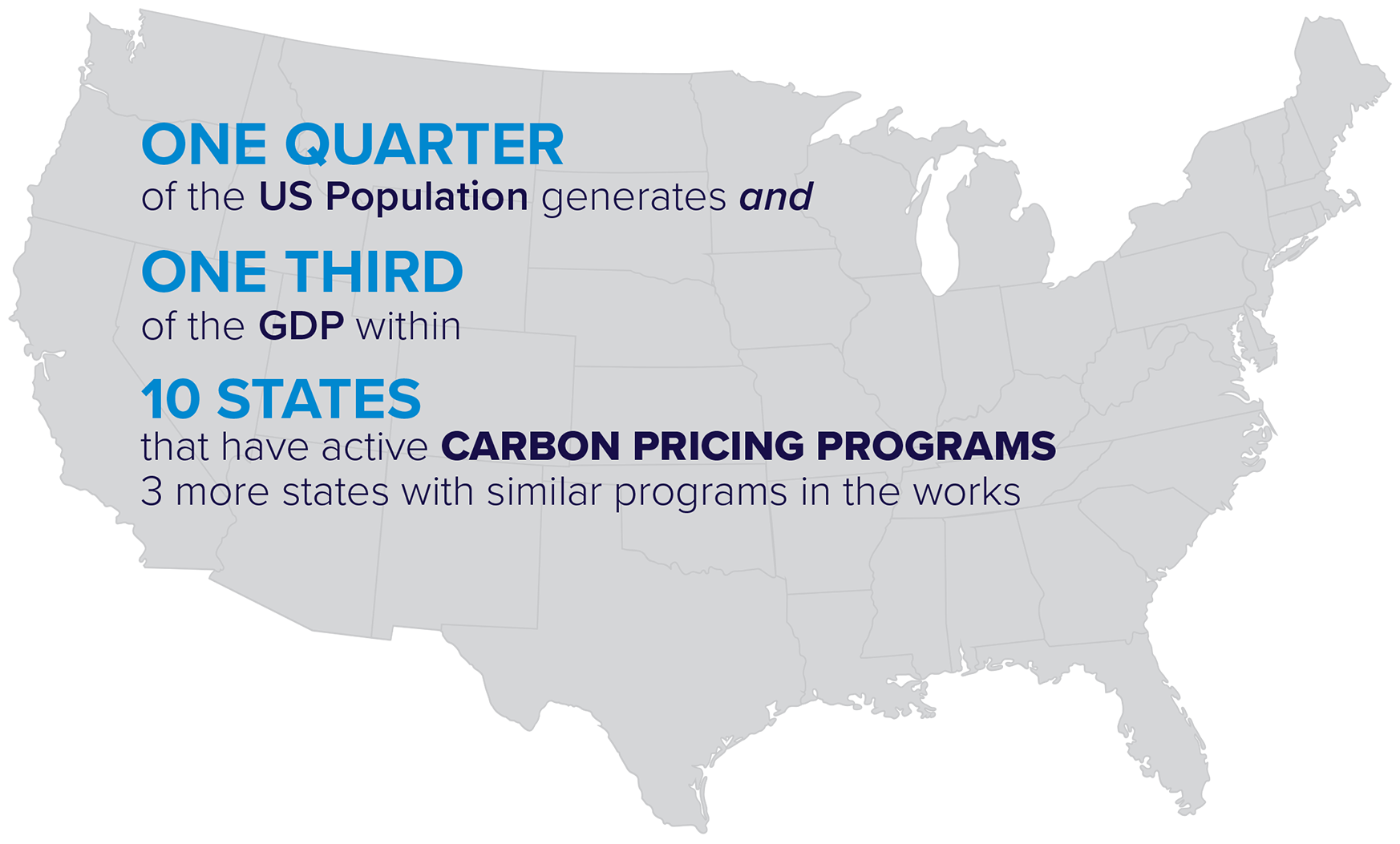Technical Leadership
In our consulting approach, we make it a practice to understand the program charter, operating footprint, available resources, and operating practices. Our professionals seek out this information prior to the first project kickoff meeting through a series of reconnaissance activities that help build rapport across the program team from a capital and operational perspective. We strategically engage to develop a technical understanding and identify an approach to fulfill our scope of work – whether that is program development, prototype development, standards development and maintenance, or project implementation.
Navigating
The Code
Our acute awareness and application of the code on a national scale is critical to our clients. Their access to key markets where talent and commerce flourish is vital to their bottom line. Likewise, access to professional resources that can navigate the increasingly progressive codes has a direct impact on their capital program and long-term operational trends. We bridge clients’ operational ambitions and conservation goals with our knowledge of codes and sustainable technologies to move their projects forward. Our rapport with the local trades, awareness of skillset, and regional influential factors fuel our ability to develop a permittable, constructible set of drawings that contribute to the program’s goals and objectives.
Advocating
Standards
Those who operate multiple sites often seek a design standard or prototype to infuse consistency and equity across their operating portfolio. A system infrastructure standard is an integral part of the equation, as it provides a benchmark for user experience, system performance, maintenance, operations, and scheduled servicing to optimize the capital investment – regardless of location. The standard continues to evolve as local and regional influential factors (code, technology, user experience, and the business life cycle) guide the delivery.
Championing
Efficiencies by Design
Applying program objectives and standard guidelines to the development of project deliverables, we seek opportunities to enhance the quality of the project by design. Whether that is bundling like scopes of work into a consolidated set of drawings, identifying off-site construction options, phasing upgrades around occupant use, identifying grant/ rebate opportunities for higher efficient equipment or detailing repeated program spaces to streamline bid and installation efforts, we look for efficiencies throughout the project’s delivery lifecycle. We back our approach with feedback from stakeholders who will influence the project’s success beyond the design intent: real estate, facility planning, maintenance and operations, localauthority having jurisdiction, and trades. As a result, we attract a community of quality contractors who seek our projects and generate a competitive bid environment.
Following
through in Construction
Continuing as client advocates through project implementation, we are actively engaged throughout construction. We provide technical leadership in coordinating and orchestrating our work. Walking the site prior to on-site meetings to review discussion points, verify drawings and flush out interdisciplinary challenges, the team stays in constant communication with the contractor to drive the coordination and installation of the systems. Likewise, we review requests for information (RFI) and pay applications on behalf of the owner to uphold the technical merit of the project and provide a graphical and narrative review of our on-site visits – all to drive quality and a successful team experience that fulfills the client’s project intent.
Managing
Supply Chain Impacts
Part of creating standards is fully understanding product manufacturing options, sourcing locations, integration approaches, and the viability of replicating the system approach. We strategically support clients on their ‘supply side’ of the equation by utilizing direct relationships with key global manufacturers and their associated supply chains to create visibility to price, inventory, forecasted need, and sourcing options. This restructures the ‘transactional’ procurement process to a program-minded strategy that benefits the client.
